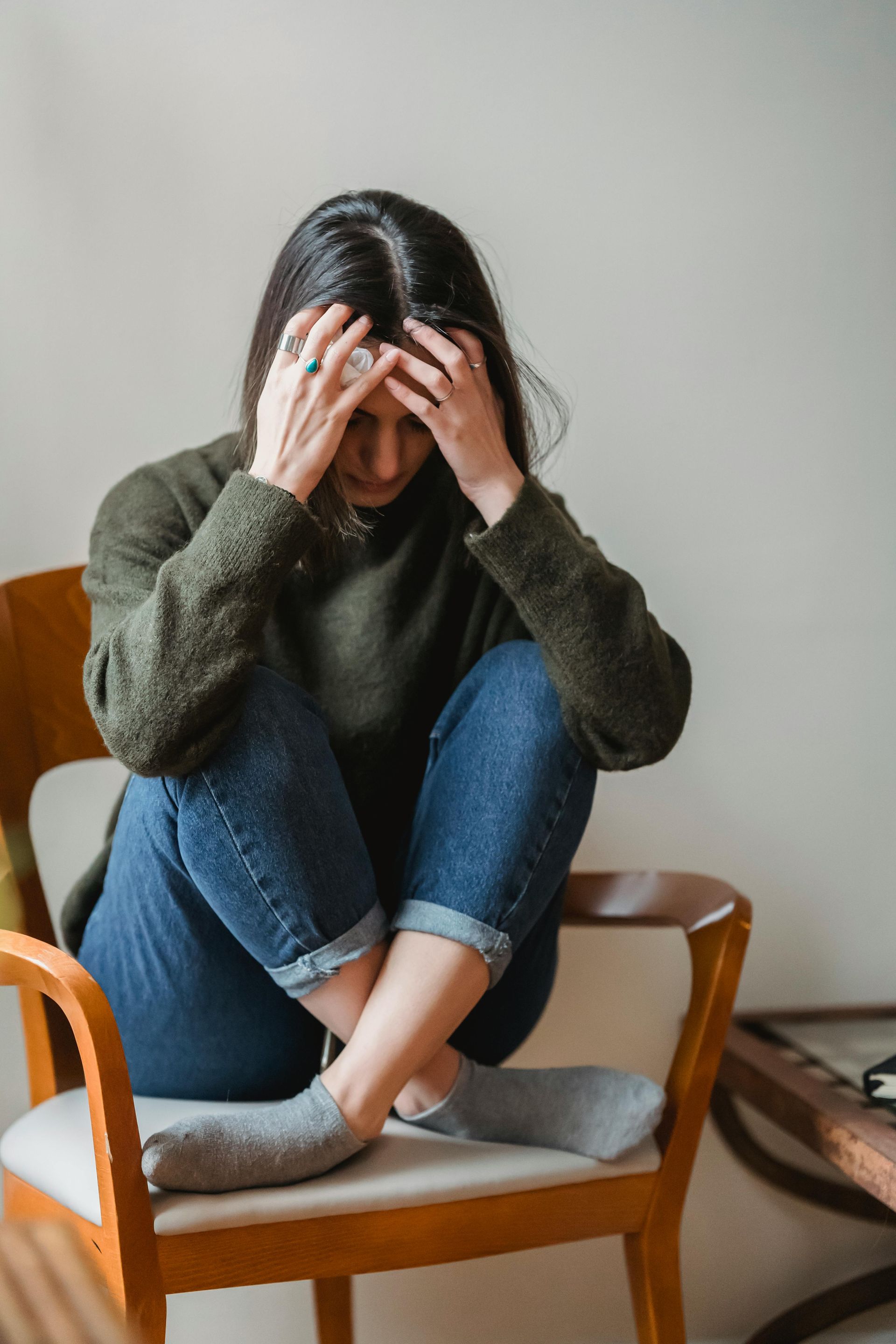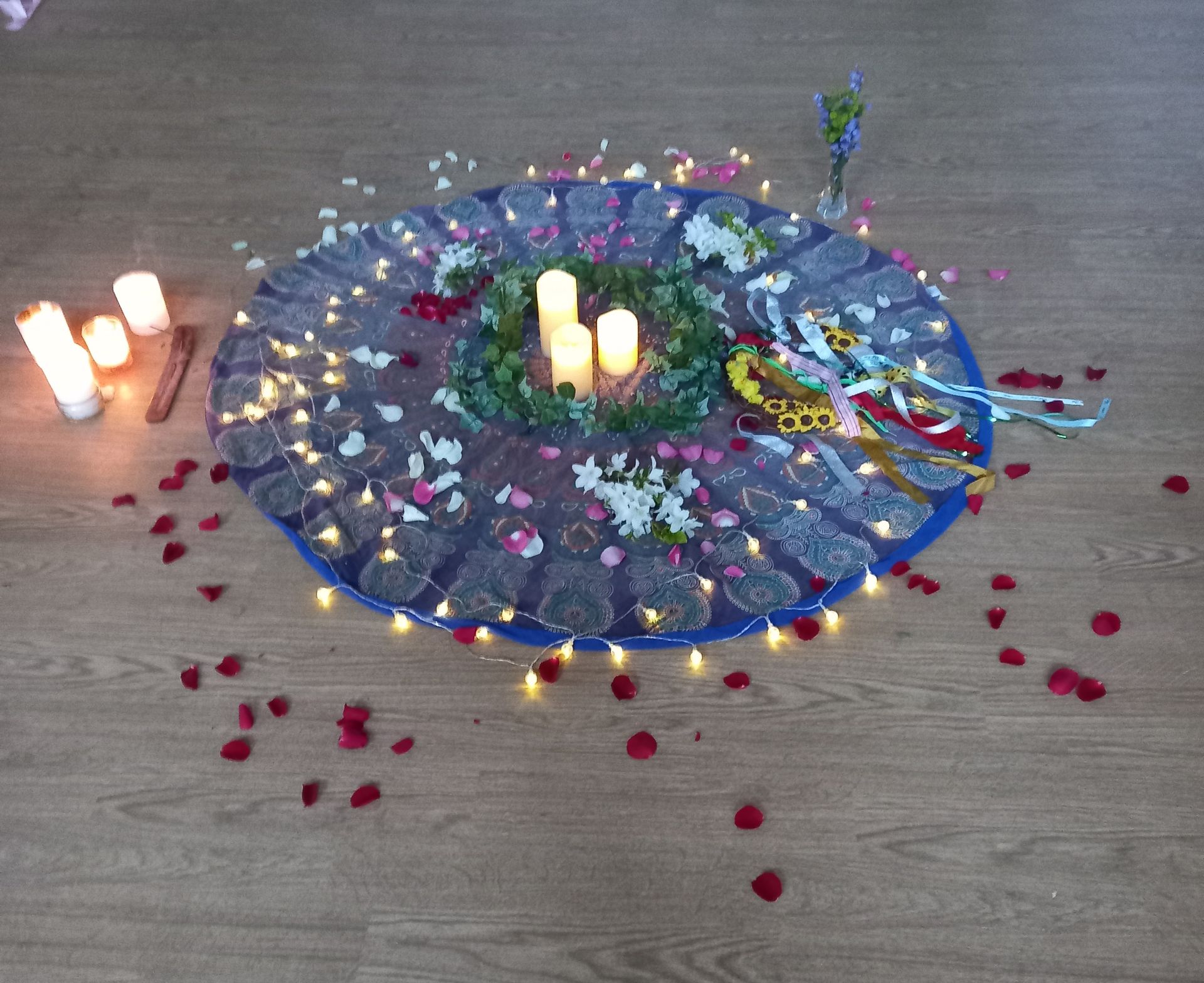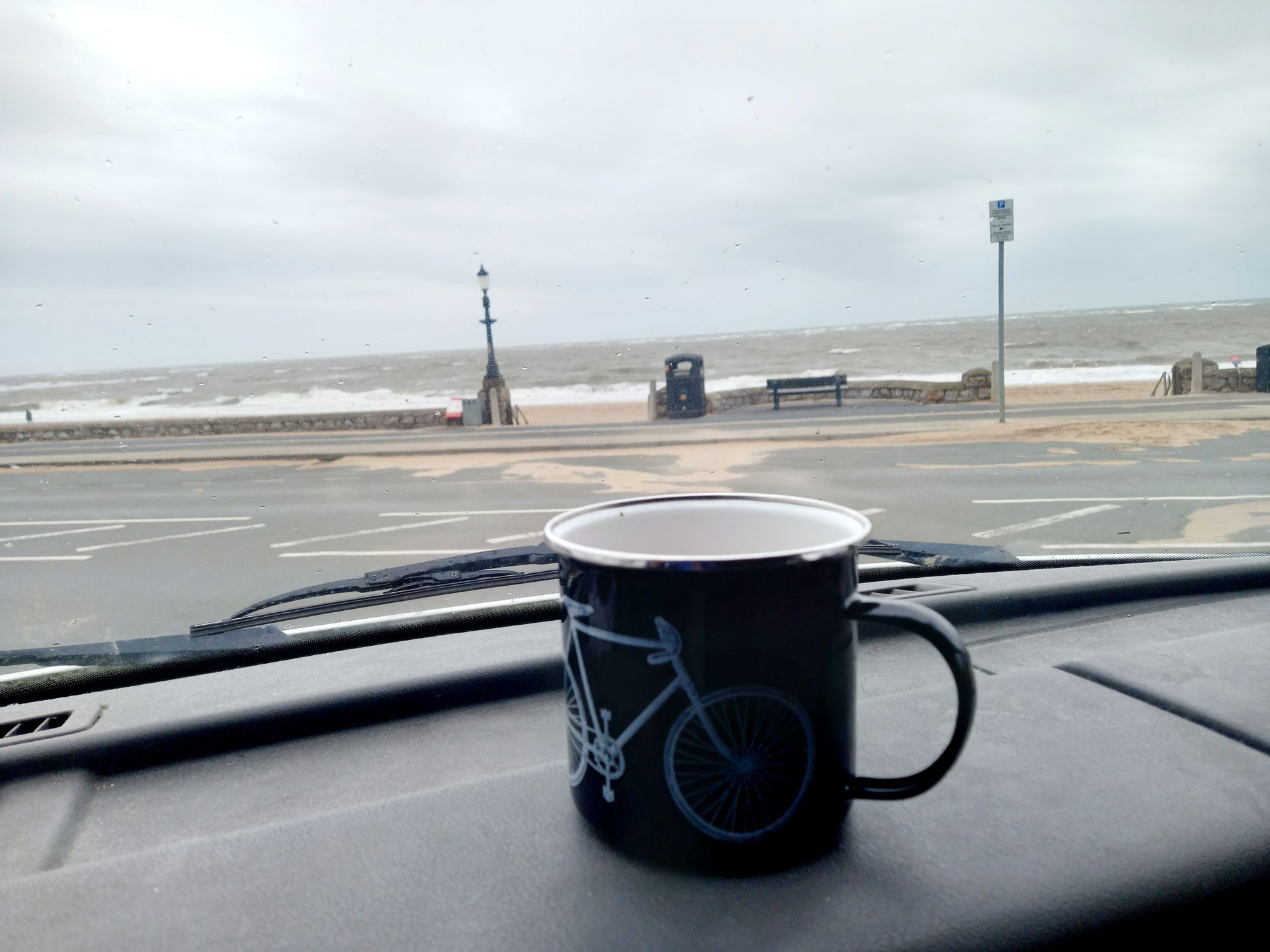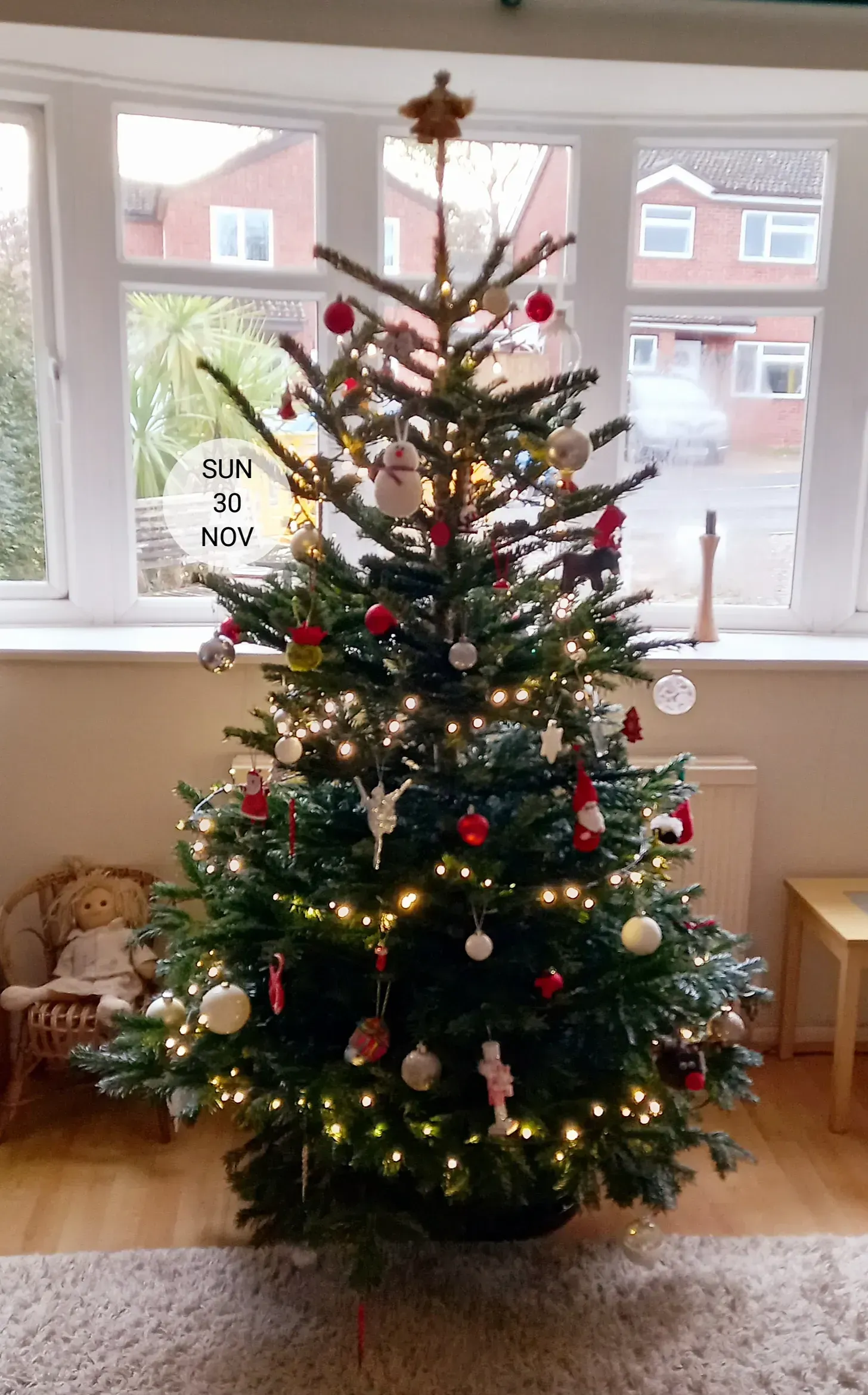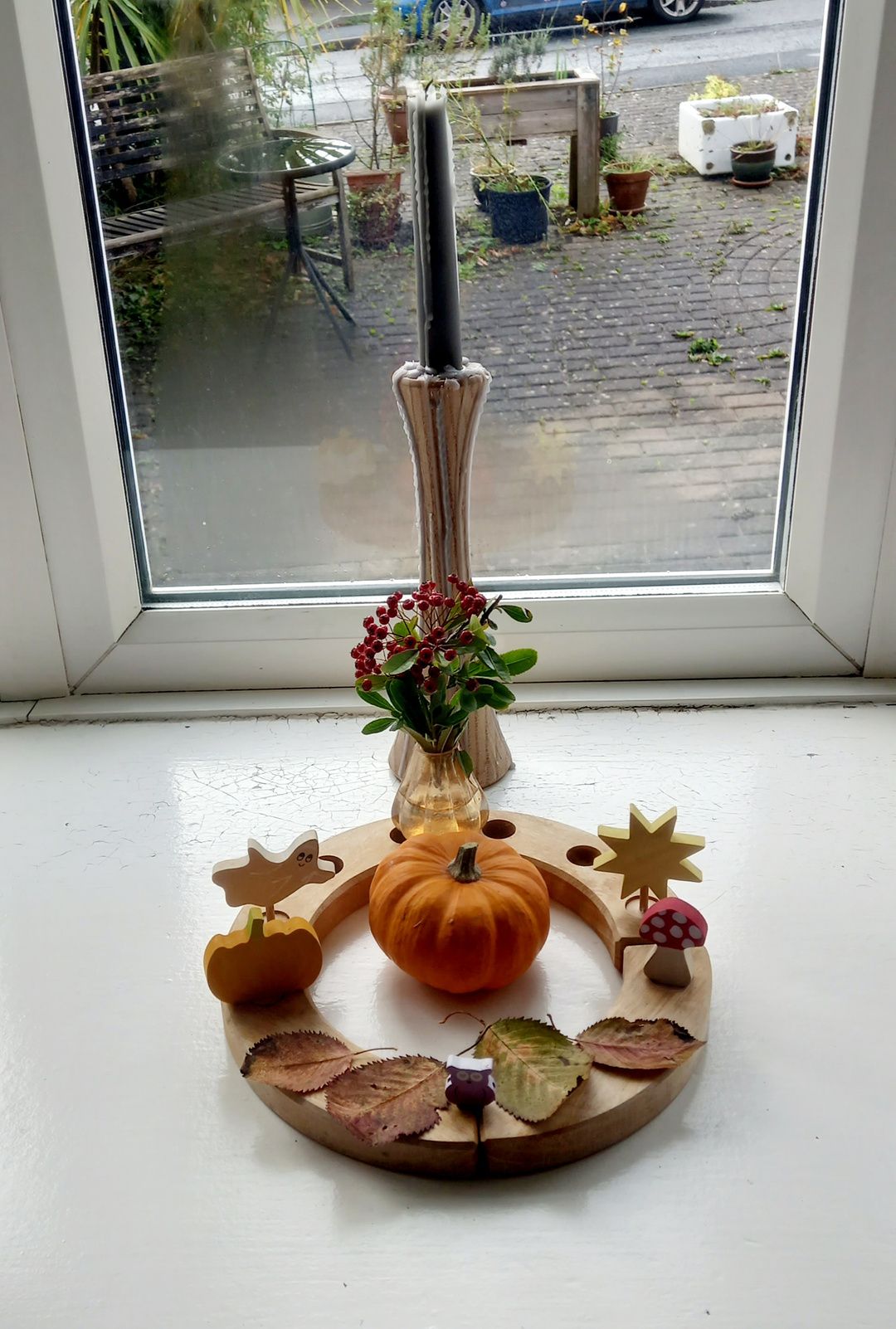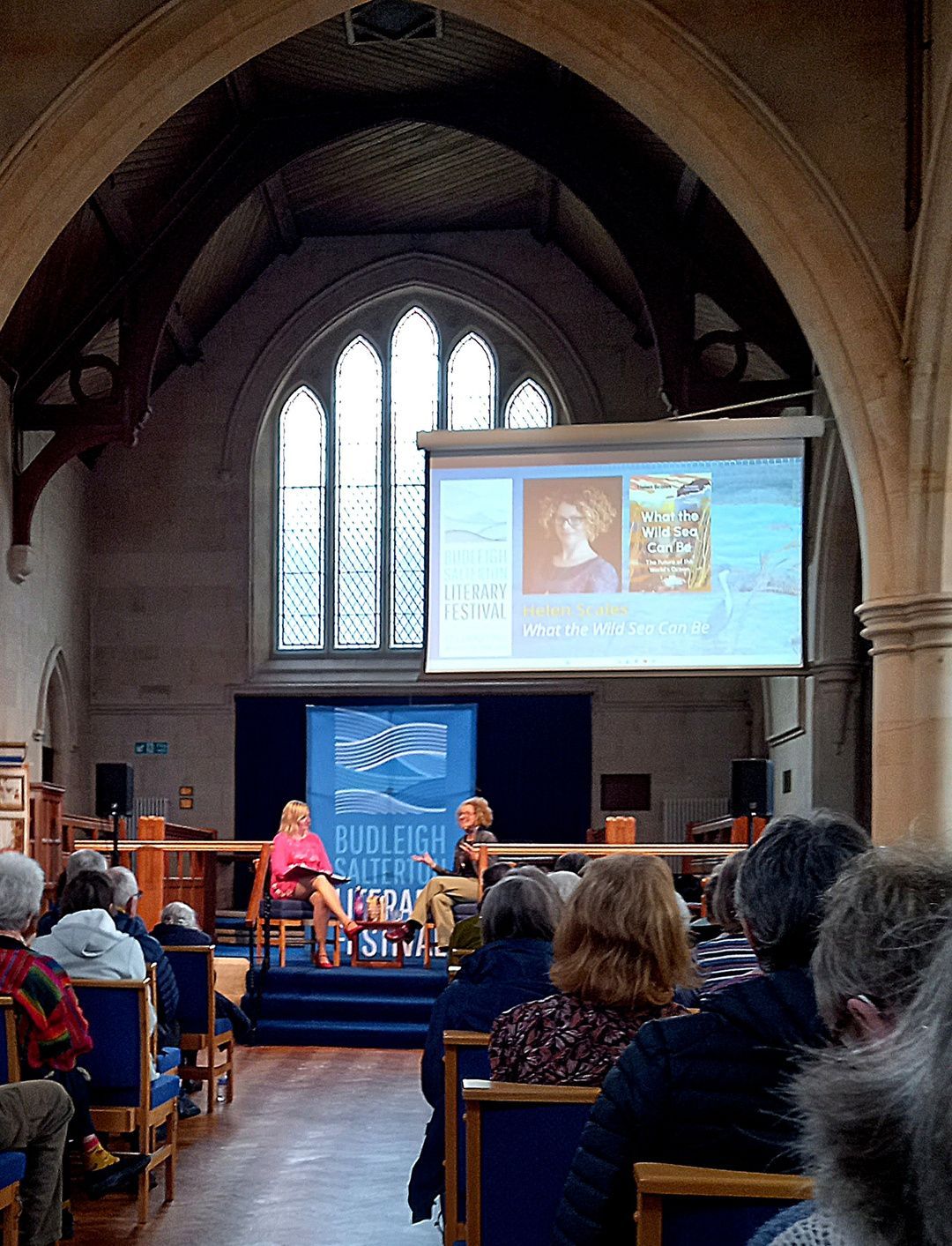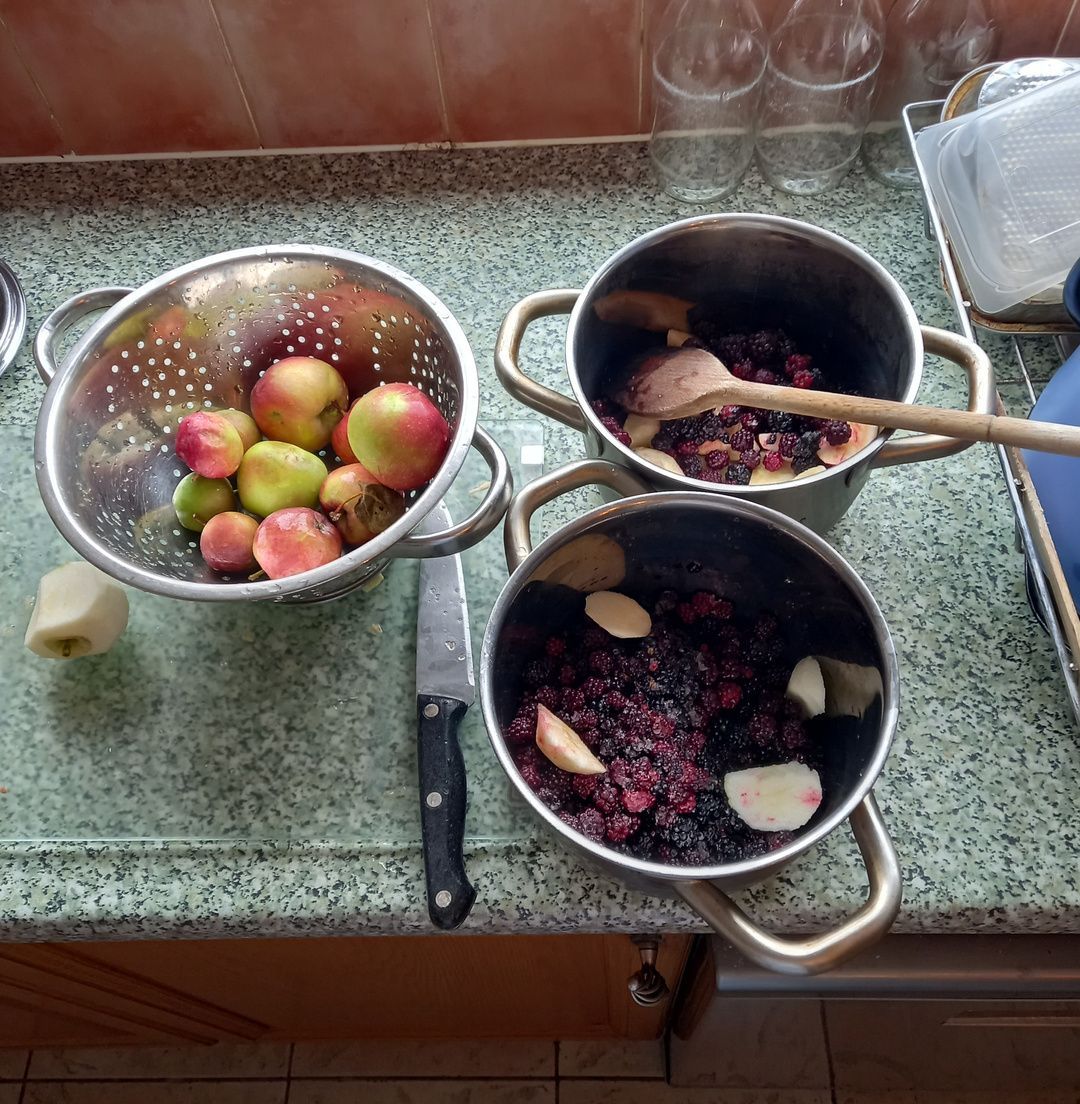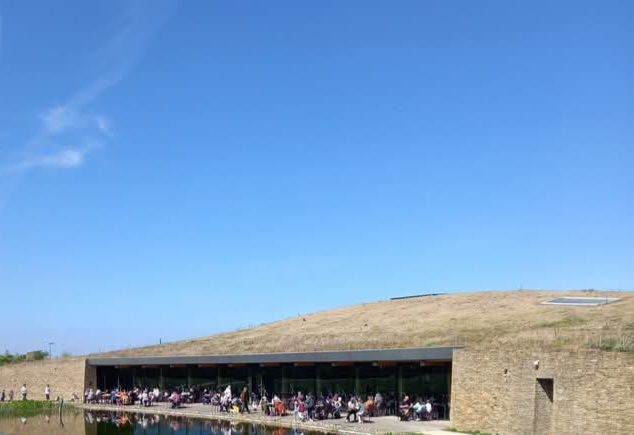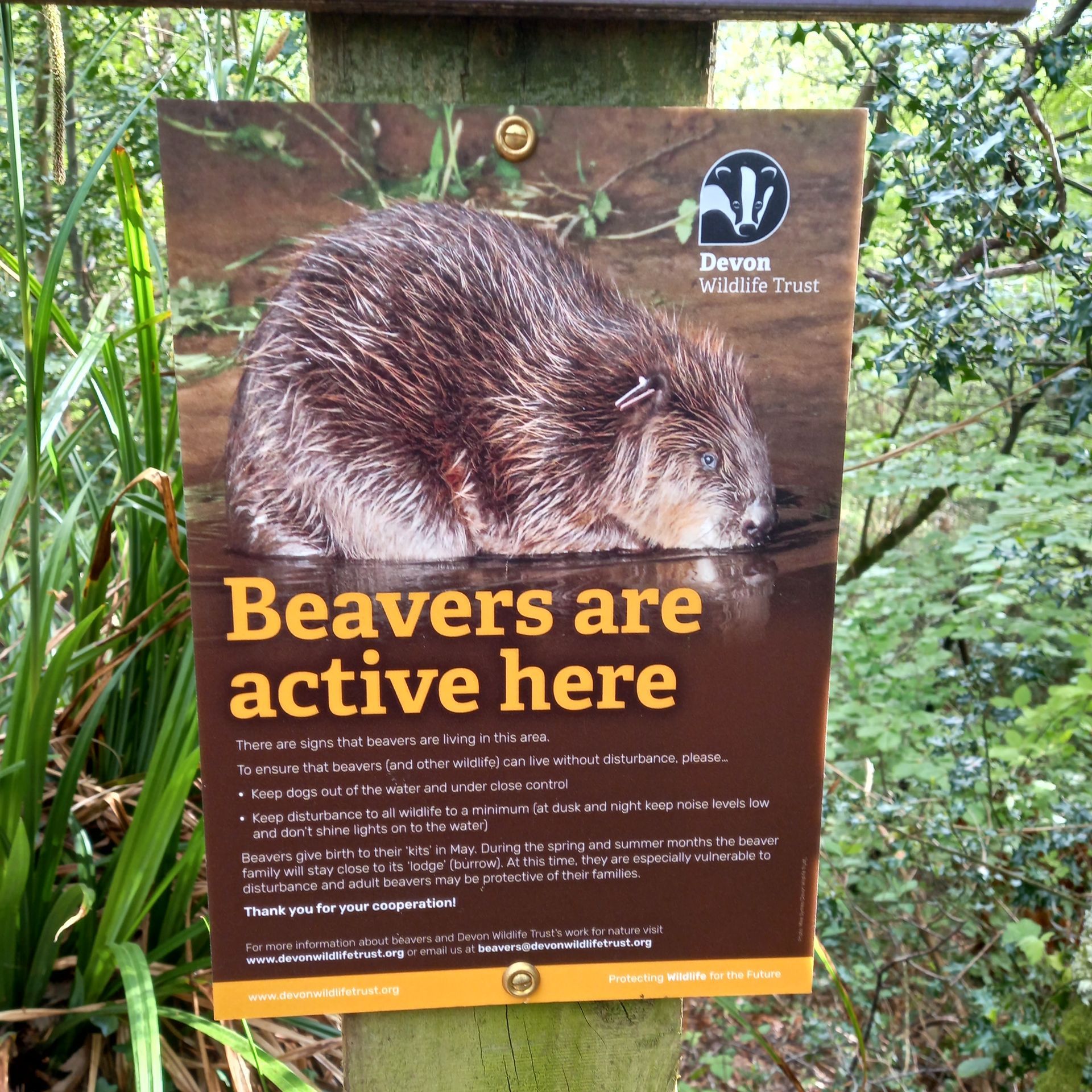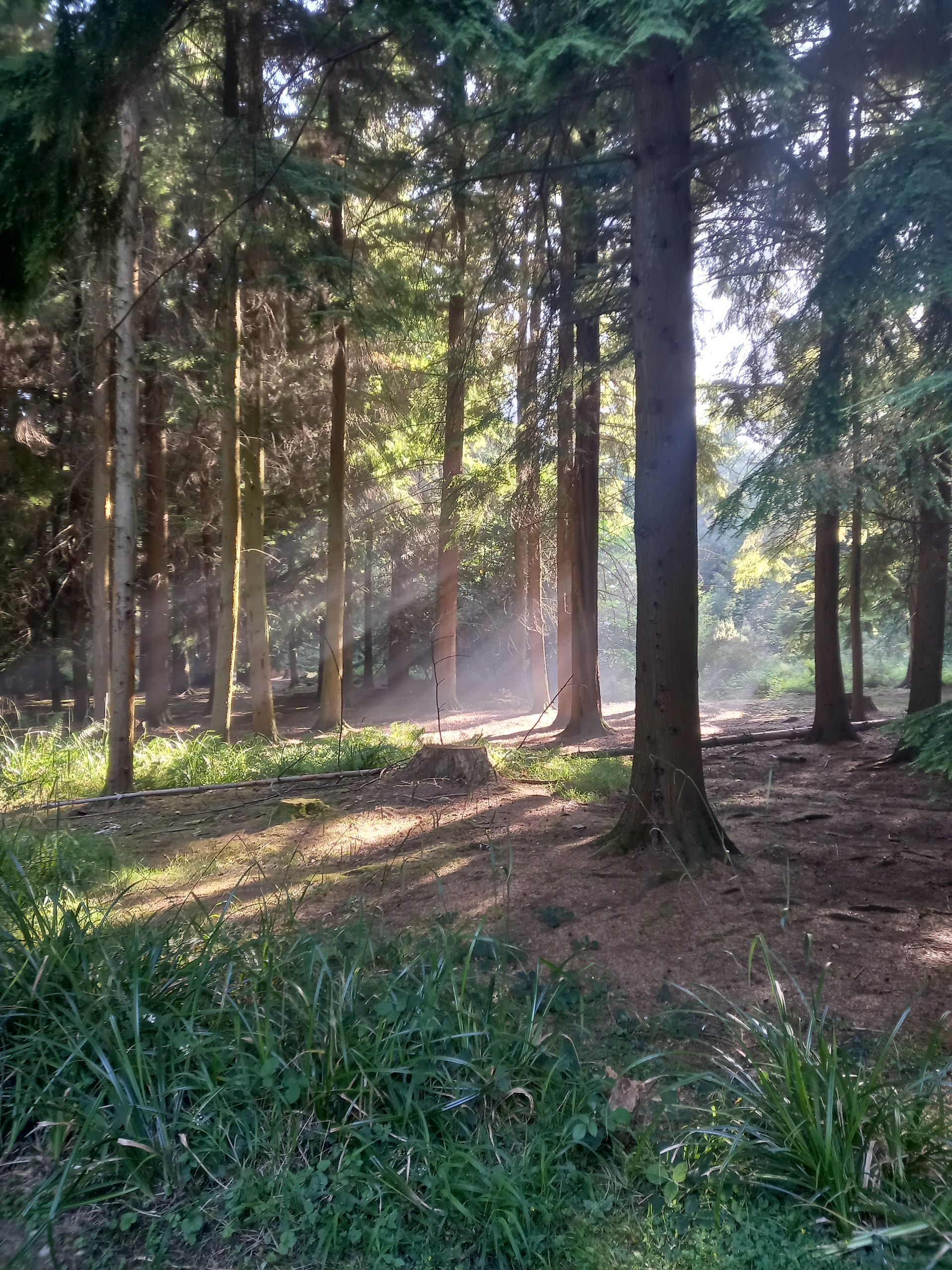How I reduced our rubbish to (almost) nothing (well about a 10th full every 3 weeks, but that's not so catchy!!).
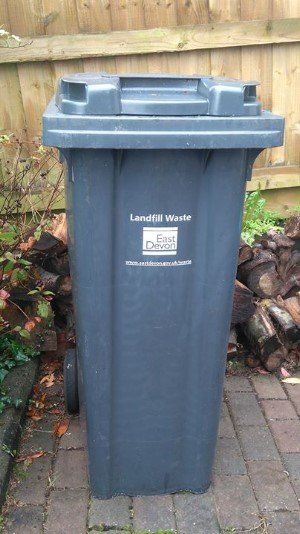
At the start of the year, I must have been thinking about New Year Resolutions and I made a throwaway (!!) comment on my FaceBook
page wondering publically how long I could go before I bought something in non-recyclable packaging. The answer came to me quite quickly, it was the next time I went shopping! This didn't deter me, I was determined to reduce the amount of rubbish my family threw away. I have always been a keen recycler making sure everything that could be recycled was recycled. However, I was still frustrated, that despite my efforts, there still seemed to be quite a lot in the bin. This is what I have done since January this year. It's not perfect, I haven't got all the answers, it won't work for everyone (especially since recycling facilities vary considerably from local council to council let alone country to country). I have found, as the year goes on, this has gone beyond pure recycling. I think like lots of things the more you do the more you see! A great reason for not spending too long cleaning the house, I find! However back to waste, the more I looked into recycling the more I saw this wasn't exactly the best solution (always). However my main focus has been keeping rubbish out of my bin but as you will see other ideas have crept in and I don't think I could write this without mentioning them as well. I have made the changes mentioned, by taking lots of small steps, changing one thing at a time. When something ran out I looked for a better alternative. Personally I couldn't have done it any other way, making lots of changes at once would be, for me, overwhelming and most probably hard to sustain. It took me about 6 months to implement what I am describing and I am still considering alternatives 10 months in.
I stopped buying non-essential items in non-recyclable packaging
I started looking at the things we were buying that I considered to be non-essentials. So for us, it was items like chocolate bars and crisps. I felt if they weren't essential we didn't need to buy them! If I had said in January that I wasn't going to buy crisps or chocolate there is absolutely no way I could have done this! I just thought for now we don't need chocolate so I wont buy any and I found this thought process kept occurring shopping trip after shopping trip. I have since found lots of recyclable options. For chocolate many supermarkets sell cardboard and paper/foil wrapped large bars of chocolate, that we can simply break pieces off to eat at home or put a few squares into a lunch box. Also Cadbury's Crème Eggs, Animal Bars, Smarties and Chocolate Oranges all actually come in recyclable packaging. I find I keep my eye out now for alternatives and they appear every now and then, for example I saw some mint chocolate, wrapped in paper, in a pound shop recently. Sweets and chocolates can sometimes be bought loose in a Pick and Mix. Unfortunately a lot of these seem to have a cup and a plastic lid and you have to fill the whole cup (I'm not sure if the cup would be widely recyclable). We have a Pick and Mix in our market in which you can choose as little or as much as you want and pop them in a paper bag; a lot of the sweets are unwrapped.
Crisps are a bit of a problem to buy in recyclable packaging. In theory, tubes of crisps like Pringles are mostly recyclable. The plastic lid, tube and metal base can all be recycled; although cutting the metal base off the tube isn't ideal but is doable. Pringles still have a non-recyclable plastic seal. Some brands sell crisps in a tube that has a cardboard base, so much easier to recycle but the one I tried still has a non-recyclable seal. I would say, however that these tubes are the best option I have found, creating the least amount of non-recyclable waste. For packed lunches a few crisps can be put into a plastic tub with a clip on lid and they stay crispy. There is also the option of making your own crisps. I have made my own using potato peelings! They are honestly delicious but need eating immediately, I haven't found a way to store them and keep them crisp yet.
Non-essential items, obviously, extend well beyond crisps and chocolate! Every time I think of buying something I consider if it's essential and whether I have something similar already. I am not saying I never buy non-essentials, I just consider this carefully which has been good for my purse as well as the planet!
I looked for alternative packaging for essential items
Items that we needed to buy but were not recyclable were the next thing I tackled. Just because it's not recyclable in one shop doesn't mean it is the same in all shops. What is an essential item will, again, vary from family to family but these are some of the things I swapped. I was buying liquid soap, the bottle was recyclable the pump went in the bin. So I swapped to bars of soap bought unpackaged or in cardboard. I could wash out and recycle yogurt pots but the lid was going in the bin, so I shopped around and found yogurt with foil lids. I have found it can be tricky to know what all the packaging is by just looking! Often there is plastic lurking inside cardboard with no details of this on the box. I have dealt with this through, sometimes, trail and error. You soon find out when you open the packaging at home! The other technique I have used is to give the box a little squeeze!! (not enough to damage it, of course). Yes, I am that crazy lady walking around the supermarket, squeezing then rejecting products! If there is plastic, you can often hear the sound of it or sometimes the product doesn't move around much. I think I am sounding more crazy the more I try and explain this! Maybe you can't teach this stuff in a blog post it comes from experience!! By changing products one at a time I have found that most of what I buy is now recyclable.
I refuse items I don't need
In March I went to a talk about Zero Waste by Bea Johnson. She wrote the book "Zero Waste Home". If you haven't read this book I could not recommend it more. She is on a very different level to me, think one jar of non-recyclable waste a year. She is truly an inspiration.
This was great timing for me as it encouraged me to refuse the things I do not need. She has a 5 R's system for dealing with waste which I have slightly adapted and added to. I do the following in this order: Refuse, reduce, reuse, repair, rot, recycle. By refusing what I do not need I do not have to deal with the waste created from it. An example of this is unwanted items coming through my door. I do not want charity bags or advertising leaflets. I donate my unwanted clothes etc. to charity shops, but I take them directly to the shop. This keeps my clothing local, it means local people will benefit, I am already taking the journey into town so there is no additional transportation and the charity shop gets a good price for my donation. To stop the plastic bags coming through my door I write a polite note asking that they are not delivered explaining we are working towards becoming a zero waste house and I appreciate their support. I also ask the same about advertising leaflets. This has drastically reduced the amount I have received. Other items I regularly refuse are straws, plastic bags, receipts and paper bags. Refusing something sounds a bit rude but I just politely say "No thank you" and from time to time explain why. I generally find people are ok with this and sometimes they are interested and want to know more. Other items I refuse are plastic packaging for fruit and vegetables. Whenever possible I buy produce loose without packaging, this in fact can be quite tricky unfortunately. In some shops it is virtually impossible to buy fruit and veg loose. I try to buy the majority of my fresh produce from local independent shops who sell items unpackaged. Some supermarkets do sell loose produce (often with plastic stickers on them, unfortunately) so I do buy from them as well but my local shops are much better. I also try to be realistic and if I need something and I am near a shop that sells it plastic wrapped but I would need to drive into town to buy it loose, I will buy it in the plastic packaging and recycle it.
I have swapped from disposable items to reusables
Again, Bea Johnson had a huge influence in me making this change. I knew I could make some swaps here and this would be a positive environmental step but I hadn't really considered how ridiculous it was to be spending my money on something and then to throw it away! Why do that if there is an alternative? So immediately, the day I heard her speak, I bought (her book, of course!) a cloth bag and a metal straw. The cloth bag I use, predominantly, for buying bread. I can use this in supermarket and independent bakeries and it has made a significant difference to the number of plastic bags I have been bringing into our home. I started reusing bread bags prior to buying the cloth bag. I just shook out the crumbs and took the bag back to be reused. If the bread had been frozen, I found the bag needed to be washed. This isn't ideal as it takes so long for a plastic bag to dry but it is doable. I still do actually reuse plastic bread bags as I still have some. This is also a way to buy loose cakes and pastries. I do still buy sliced bread in a bag as it is much cheaper, I then recycle the bag. The metal straws are great for my children as they like to use a straw so I have them in my bag ready for them to use if we have a drink out. Occasionally, I will use one if I have something like a smoothie which can be difficult to drink without a straw. I am pleased, this year, that many businesses are stopping the use of plastic straws and many will be using biodegradable alternatives. this is a really positive step in combatting plastic pollution. However, reusing is a better step using a lot less resources. The example of our metal straws can illustrate this point. They will, probably, last a lifetime. No more resources needed to make them, transport them and recycle them. I would also question how well biodegradable straws actually rot away in normal waste disposable such as landfill. Other reusable items I have switched to include hankies instead of tissues, flannels and small face cloths instead of face wipes or cotton wool and using reusable coffee cups and drink bottles.
Repairing items
For me, I don't think this is a major change. I have always repaired holes in clothing (especially since having children). I have a massive, never ending mending pile! If something was to break now, I would look into repair options more than I might have in the past.
Rot
My compost bin is also a great way to keep items out of the bin and has the added bonus, of course, of making compost for my garden. I can recycle food waste where I live, however this uses a lot of resources when I can instead walk outside, put veg peelings in my compost bin and let the worms do the rest of the work. I do still use the food recycling for cooked scraps and when the compost bin is completely full. Other items I compost include the odd tissue we get (not many of these any more), cotton buds (the ones with paper stems) and paper that has been contaminated with food (such as cupcake cases, just make sure you have a closed compost bin if you do this).
Recycle absolutely everything else that I can
I am very lucky my council provides great facilities for recycling. This has been the case for a long time but this year they also started to collect a lot more from the kerbside, saving me trips to the recycling centre. Knowing exactly what can be put in the recycling collection is really important, so reading the information leaflets, checking online and contacting my council directly has all been really useful. So, for me I can recycle plastic, glass, tins/cans, textiles, shoes, batteries, paper, cardboard, electrical items and foil by using the council facilities. In addition, to the kerbside collection I have looked to see if items not collected can be recycled. So I take plastic food bags from things like fruit, bread, frozen peas etc. to Tesco to be recycled with the carrier bags. Generally speaking, if the bag stretches it is made of the same material as carrier bags and can be recycled at supermarkets, though most will recycle cereal bags as well and these are clearly not stretchy! I would advise checking with your local supermarket (I have asked both Tesco and Sainsbury's numerous questions and found them really helpful). Also by asking we are showing supermarkets that their customers care about packaging and the living planet. Plastic film such as the non-stretchy type around products like spinach, the top of ham packets and cheese bags are all recyclable at most Sainsbury's supermarkets, it is worth checking this with your nearest one. Mine is actually in a different town but I save it all up and next time I go on a shopping trip take it with me and recycle it with carrier bags. It's worth mentioning recycling labelling at this point. It isn't always actually that useful. As I said above, a cardboard box might have a plastic bag inside, the labelling might say the box is recyclable but doesn't always tell you the bag is there! The most misleading label in my opinion is the one that says "Not Yet Recycled", this simply means
less than 20% of local authorities collect it across the UK.
It doesn't actually mean you can't recycle it.
By doing all this, I end up with very little going in my bin. It might seem like a lot of effort and don't get me wrong in some respects it is. However, I really think a lot of it is simply changing one habit to another. For example, before the plastic bag levy in England many people forgot or did not have reusable shopping bags. Now it costs 5p a bag many more people use reusables. It may have taken time to remember shopping bags (and I am sure the 5p cost was a massive incentive for many to switch) but this is possibly a habit you have now switched to and you maybe don't even have to give it much thought any more. This is how I feel with the habits I have changed, they are new habits now and I don't have to give them much thought.
I have probably forgotten to mention things in this blog post (and I haven't written about every single detail, this may become a different blog post if there is interest) so feel free to ask questions either in the comments or over on my Facebook
page.
